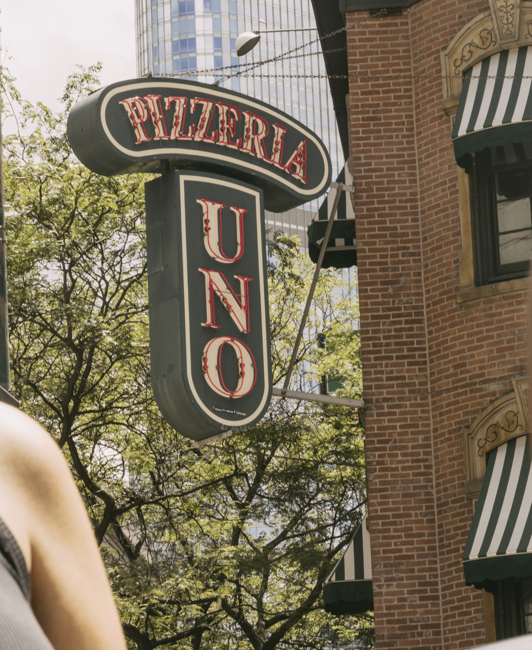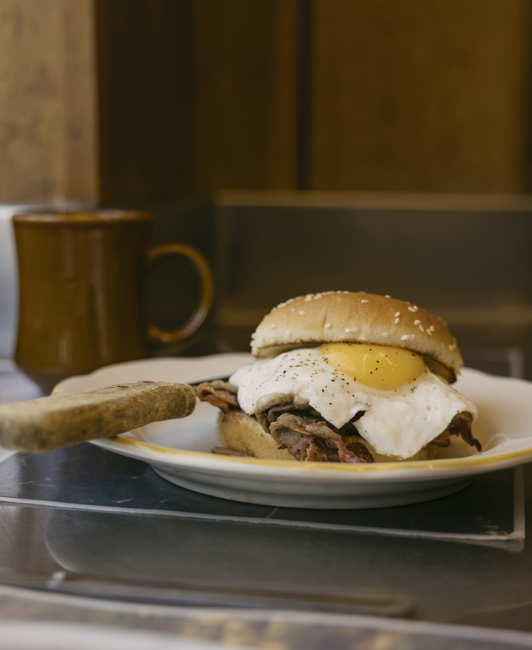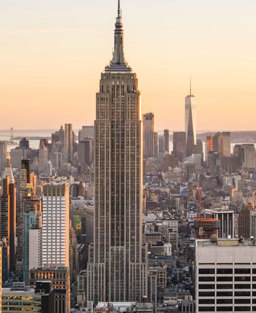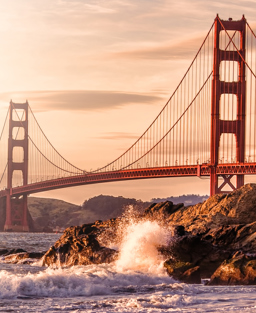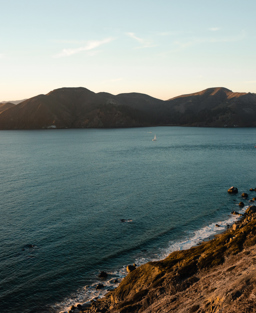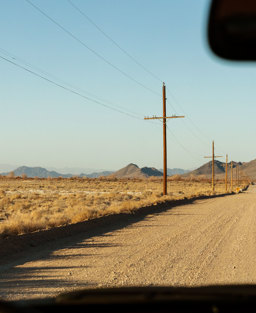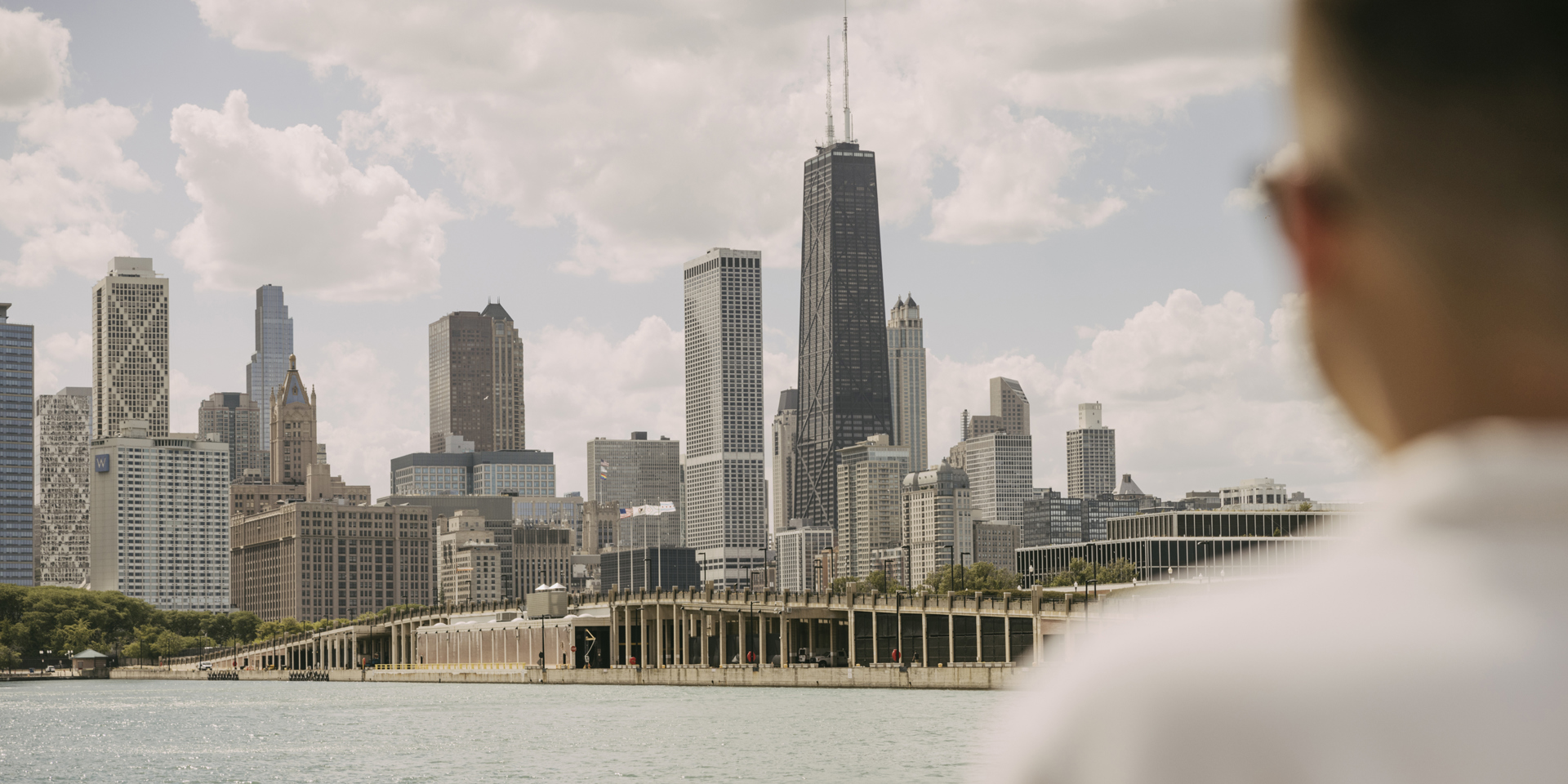

The Original Guide to Chicago
The Windy City is where towering skyscrapers meet blues rhythms, and vibrant, eclectic neighbourhoods provide all manner of enticing aromas and sounds. We’ve trawled the streets of Chicago to capture the wonderful stories and unique spots that expose the true essence of this iconic Midwestern metropolis
01/07/2024Updated 19/02/2025
Words: Joseph Phelan
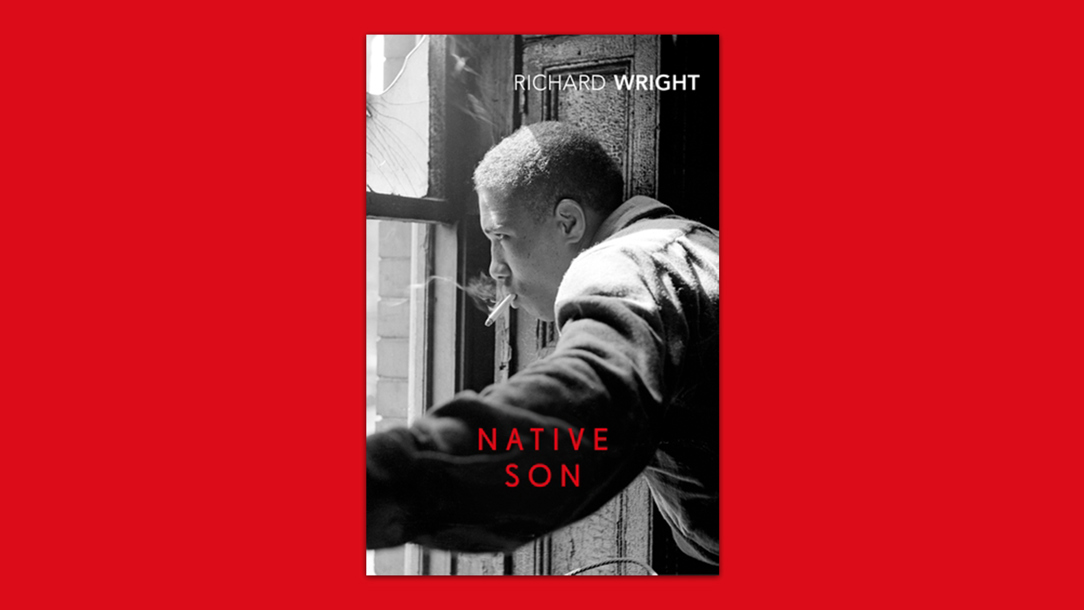
The groundbreaking Native Son by Richard Wright
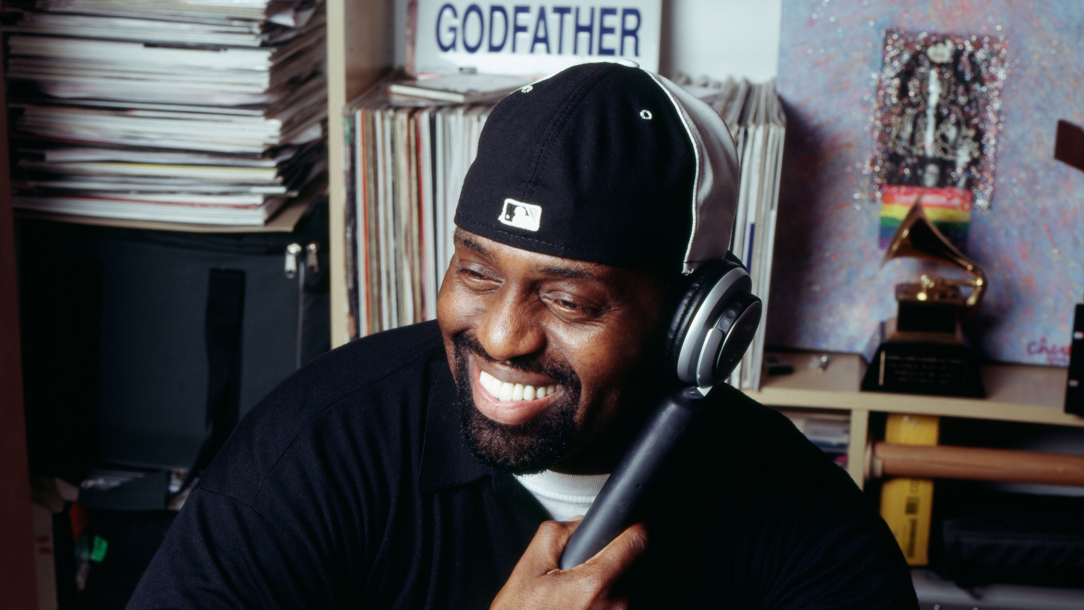
House music hero Frankie Knuckles (Alamy)

The Blues Brothers were all about 'Sweet Home Chicago' (Universal Pictures)
Pre-trip culture checklist
READ: Unsurprisingly, there is an abundance of superb books set in Chicago, which means picking just one is impossible. So, on this occasion, we’ve selected two. Richard Wright’s Native Son, first published in 1940, was groundbreaking in its day, providing as it did an unvarnished, harrowing view of the struggles faced by black families on the city’s South Side. Though technically fiction, much of its content was based very firmly on Wright’s reality. If straight non-fiction is more your thing, try Gary Krist’s City of Scoundrels: The 12 Days of Disaster That Gave Birth to Modern Chicago. Krist’s carefully researched work focuses on a pivotal period in 1919 when a volatile mix of racism, crime, worker unrest and political corruption almost drove a city already teetering on the edge of chaos to the point of collapse.
LISTEN: Chicago’s music scene is about as diverse as it’s possible to get. Gospel, urban blues, hardcore punk and modern jazz have been staples across the city’s bars, venues and clubs for decades, but given Chicago is widely considered the birthplace of house, it makes sense to shine a spotlight on one of the genre’s pioneers. Frankie Knuckles, born in New York but adopted by Chicago in the 1980s, played a major role in developing and promoting house music. Even 35 years on from its release, his celebrated track, ‘Your Love’, is certain to get you moving.
WATCH: The Blues Brothers showcases everything that makes Chicago special. It captures the music, the culture, the food and the diversity of the city’s neighbourhoods, and unquestionably played a part in bringing overseas visitors to the Windy City throughout the 1980s. Pleasingly, the film is as delightfully quotable today as it was when it first hit cinema screens.

Ohio Street Beach near Navy Pier
A local’s view
“Chicago is my adopted home, as my parents and I came over from Ireland when I was young. Since then, I’ve been fortunate enough to observe the city, the home of the skyscraper, continue to grow skyward. As an urban landscape photographer, my job is to capture the dynamic essence of Chicago.
“Unlike natural landscapes, where changes are imperceptible over decades, Chicago’s skyline is in constant flux. A new skyscraper seems to pop up every year. Images I captured even two years ago can look outdated, but they also serve as a testament to the city’s relentless evolution.
“Picking a favourite spot in Chicago is like picking a favourite child. That being said, I love Lake Michigan all year round. In the summer, it’s filled with boats, and in the winter, if it’s cold enough, it freezes over. It’s never the same from one day to the next.
“Every year, more than one million people head to Lake Michigan to watch the Chicago Air & Water Show, marvelling at flight demonstration squadrons navigating the skyline and travelling hundreds of miles an hour just 30 feet above the water. Each year, I think it’s better than the last.
“In a bustling city, it’s not always easy to find quiet spots, but one is Milton Lee Olive Park near Navy Pier, which offers a beautiful view of the Gold Coast Historic District skyline. Another special spot is Promontory Point in Burnham Park. During autumn, this is a particularly magical place to witness the colours of the season.”
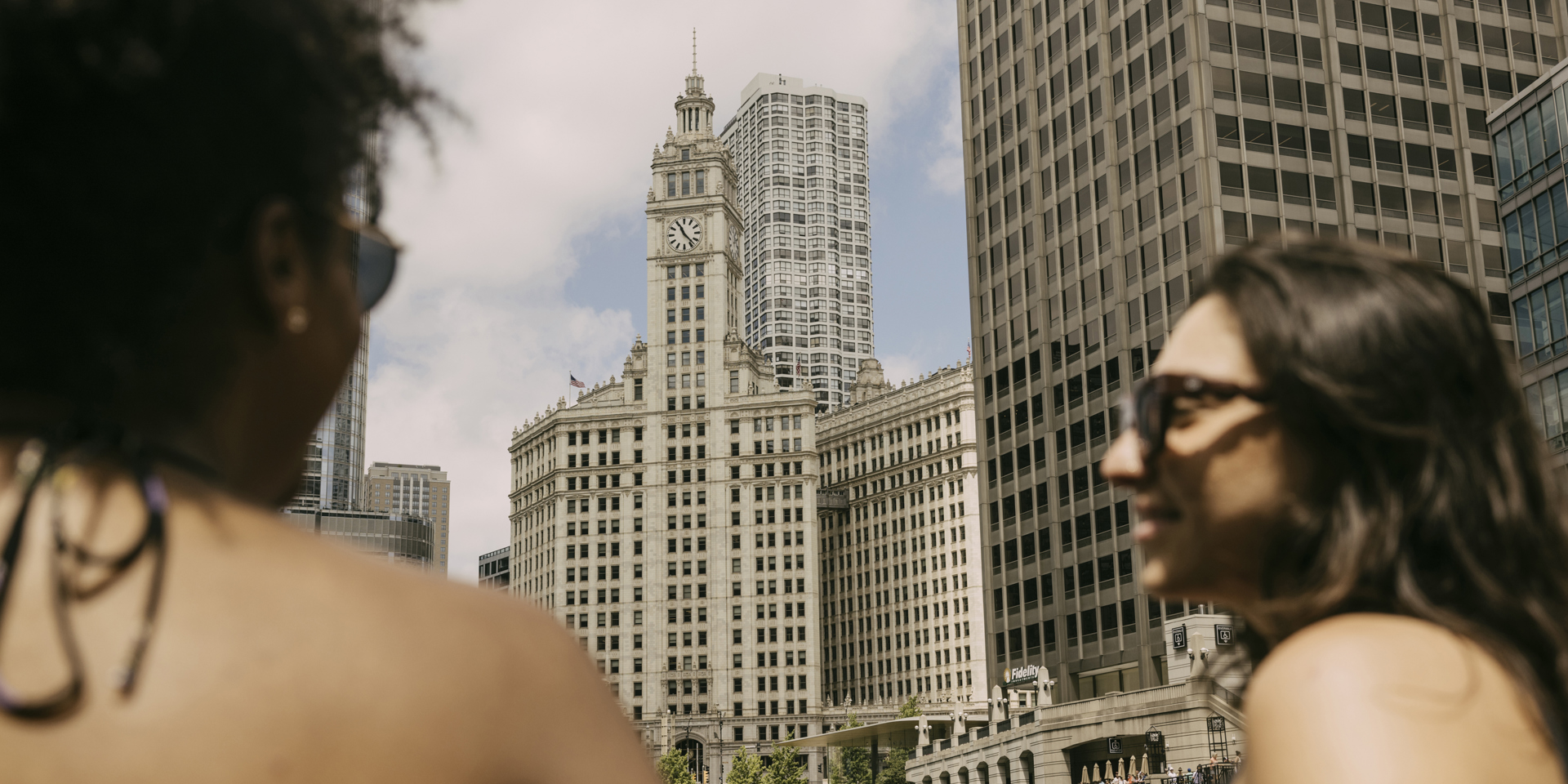
New view
Chicago pioneered the skyscraper but, if you want to learn everything – and we mean everything – about its unrivalled architectural history, you have to go low, not high. Chicago’s First Lady architecture tour is taken by scenic boat down the Chicago River, which is overseen by passionate volunteers who skilfully tell a story highlighting the best (and worst) of Chicago’s past and present. It will make you appreciate both the city’s skyline, and its people’s ability to overcome adversity time and again.

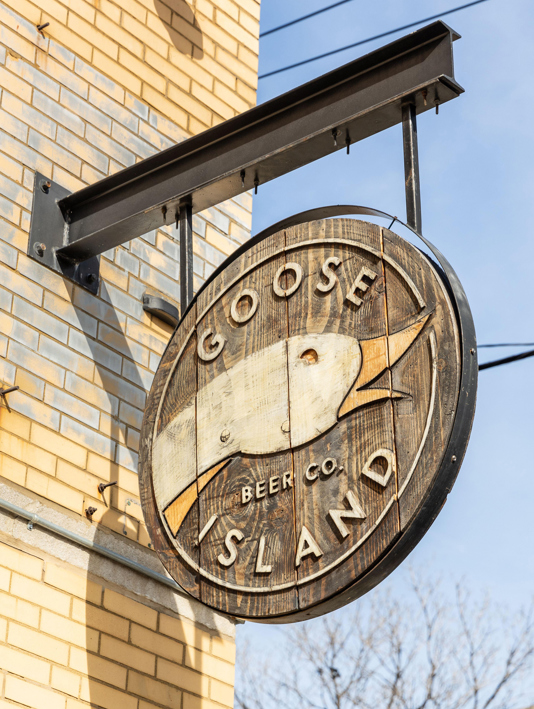
The Art Institute of Chicago (Alamy); Goose Island brewery
Rainy day saviours
Chicago sees plenty of rainy (and snowy) days, especially during December and January, but winter visitors can rest easy knowing that they will never be at a loss for things to do. The Art Institute of Chicago contains works by household names such as Van Gogh, Picasso and Warhol, as well as Chicago-based artists including Kerry James Marshall, a favourite of Barack Obama, and Charles W White, the revered educator, political activist and painter. The thought-provoking Griffin Museum of Science and Industry, which claims to be the largest science centre in the Western Hemisphere, is well worth your time, as is the Goose Island brewery and taproom, which not only has a fascinating tour, but also gives visitors the opportunity to try limited edition beers that will only ever be available on site.
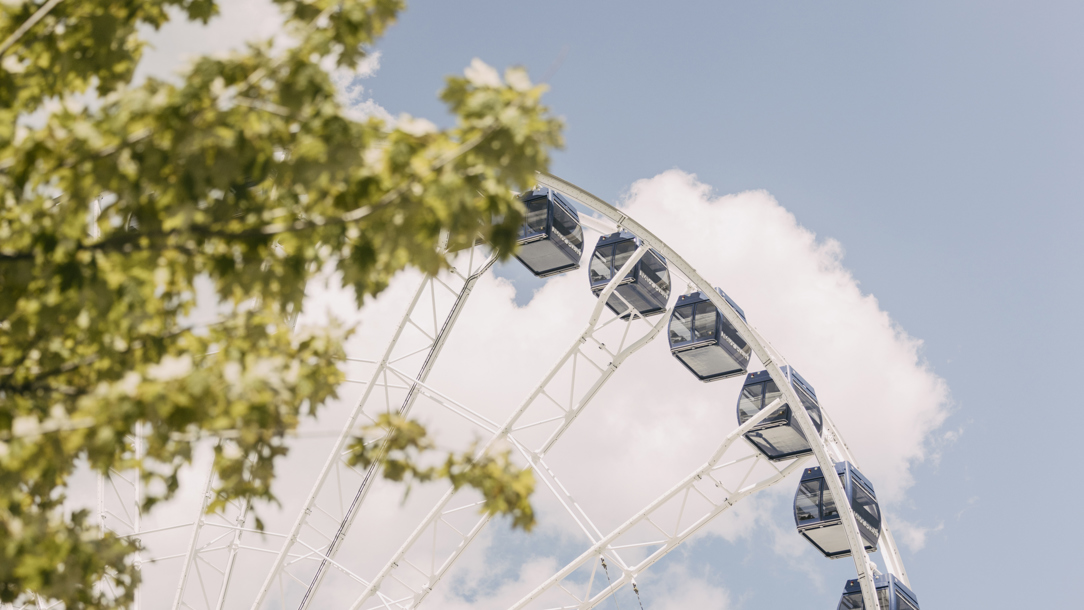
The original Ferris wheel
The very first Ferris wheel was constructed for the 1893 World’s Columbian Exposition in Chicago. It was the brainchild of George Washington Gale Ferris Jr, an ambitious engineer determined to create something to rival the grandeur of Paris’ Eiffel Tower, the centrepiece of the 1889 Exposition Universelle. Standing at a height of 264ft and able to accommodate 2,160 passengers at any one time, Ferris’ wheel was widely recognised as one of the era’s engineering marvels. It was demolished in 1906, but the Centennial Wheel, found at Navy Pier and offering incredible views of Lake Michigan, is a worthy successor to Ferris’ creation.

Bird’s-eye view
The Willis Tower – still referred to as the Sears Tower by every self-respecting Chicagoan – held the title of the tallest building in the world for 25 years, from 1973 until 1998, when it was knocked into second place by the Petronas Towers in Kuala Lumpur, Malaysia.
The skyscraper’s most popular attraction is the Skydeck, located on floor 103 of 110. After admiring the panoramic views of the city and its environs – on a good day it’s possible to see Illinois, Indiana, Wisconsin and Michigan – the more adventurous sightseer can step out onto The Ledge, a series of glass balconies that extend 4.3ft outside the building, and stare at the street 1,353 feet down below.
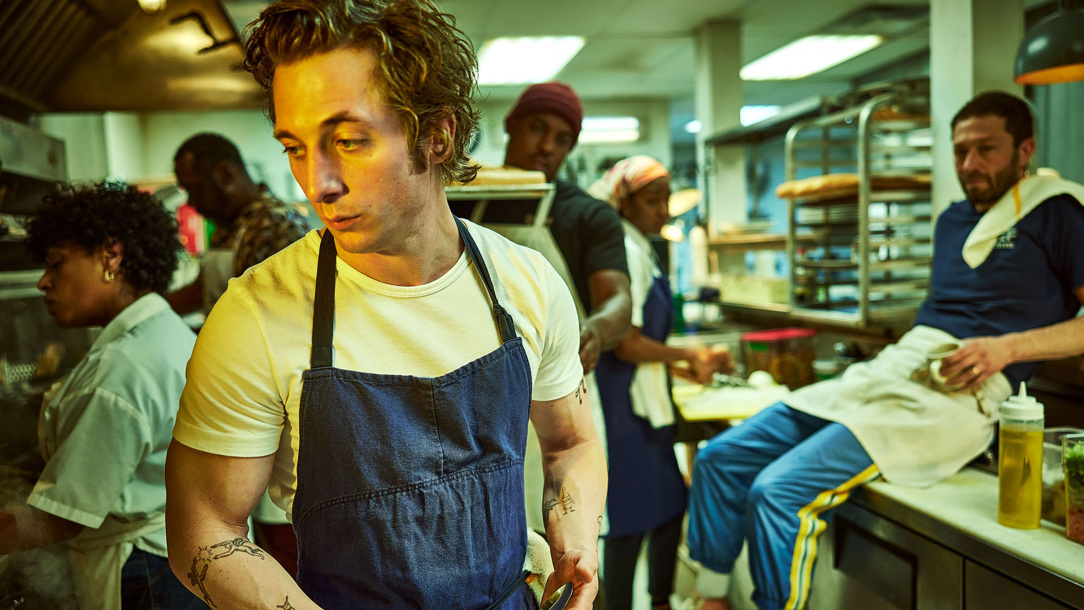
Jeremy Allen White stars as ruffled chef Carmy Berzatto in The Bear (FX Networks)
As seen on screen
Chicago’s unmatched architectural mix, its meandering inner-city river and its obsession with all things food, sport and music mean that, unsurprisingly, it has been the backdrop for countless TV shows and films. The Bear, one of 2022’s breakout shows, is set in River North. Sense8, the short-lived cult classic created by the Wachowski siblings, features plenty of the city’s most famous sights, including Millennium Park. In terms of films, nearly every Batman blockbuster has made use of a Chicago skyscraper or two, while The Untouchables, which features Robert De Niro as Chicago-based mob boss Al Capone, used Union Station as the setting for its legendary nine-minute staircase sequence.
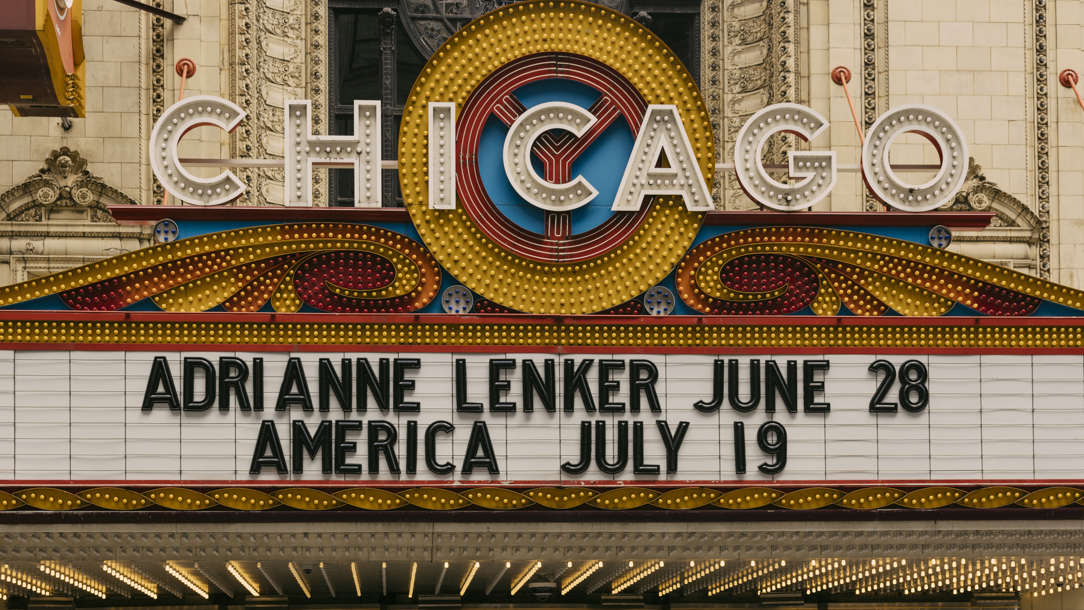
The Chicago Theatre is more than a century old
Access all areas
Accessibility has been prioritised at a great number of Chicago’s most charming spots. Every entrance to Millennium Park, for example, is accessible, meaning all visitors can take advantage of the Lurie Garden, the East Garden at the Jay Pritzker Pavilion and the Cloud Gate, also known as ‘The Bean’. The Chicago Theatre, which has been putting on shows for more than 100 years, is wheelchair accessible and has dedicated wheelchair seating, while the Shedd Aquarium boasts an award-winning accessibility and inclusion programme.
The sensory six
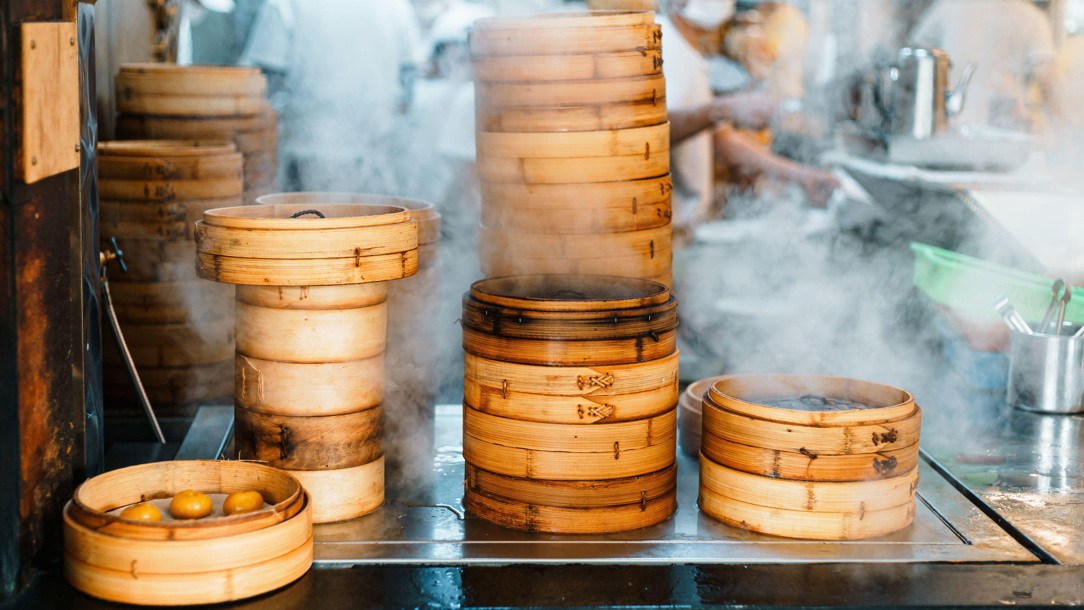
Breathe in the aromas of freshly made dim sum
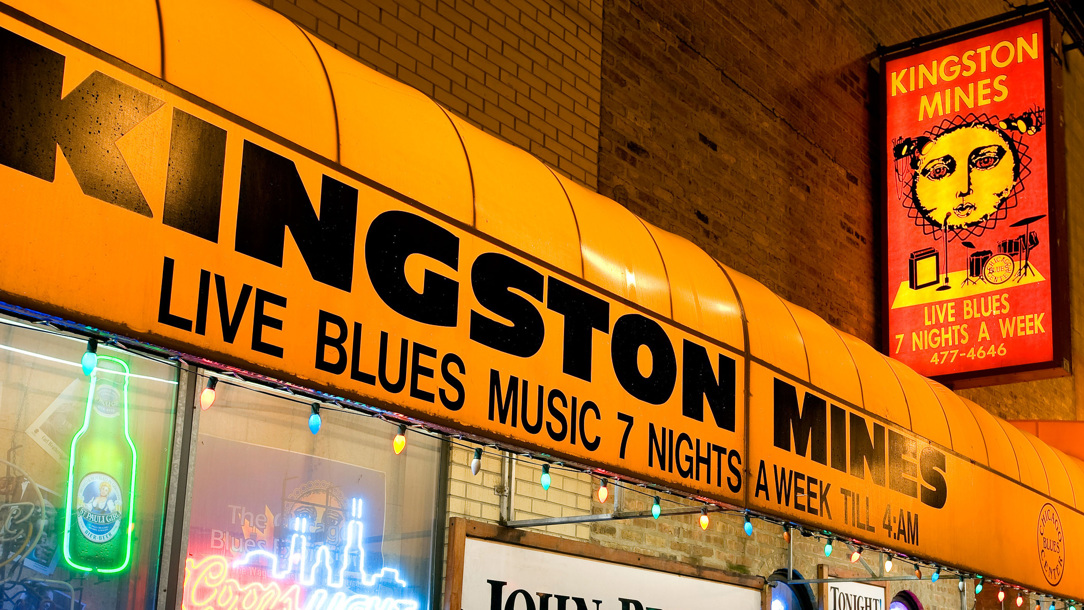
Tune in to the blues at Kingston Mines
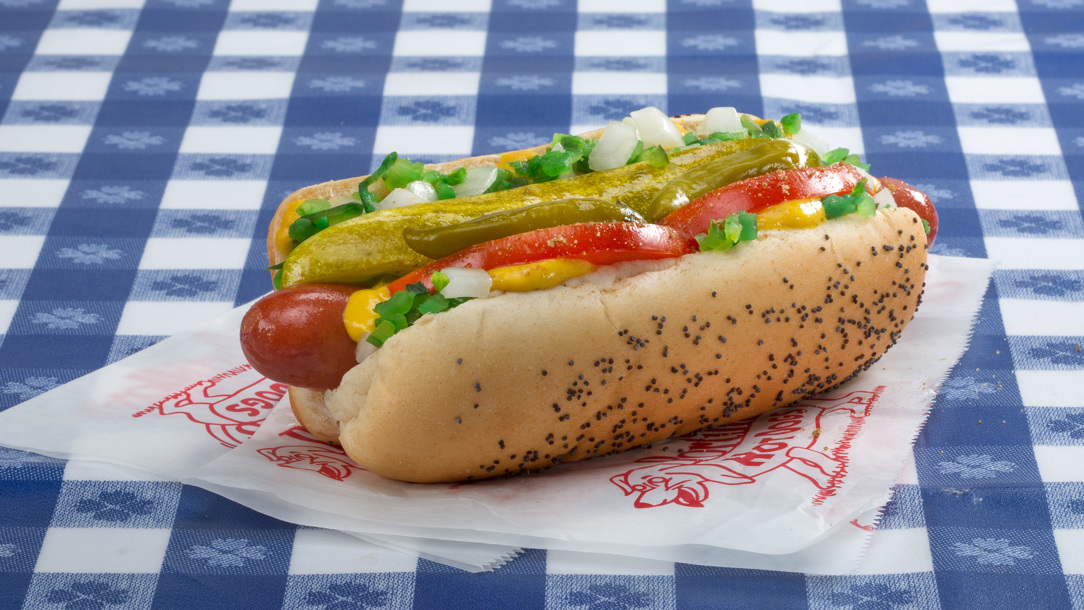
Chow down on a Portillo's hotdog
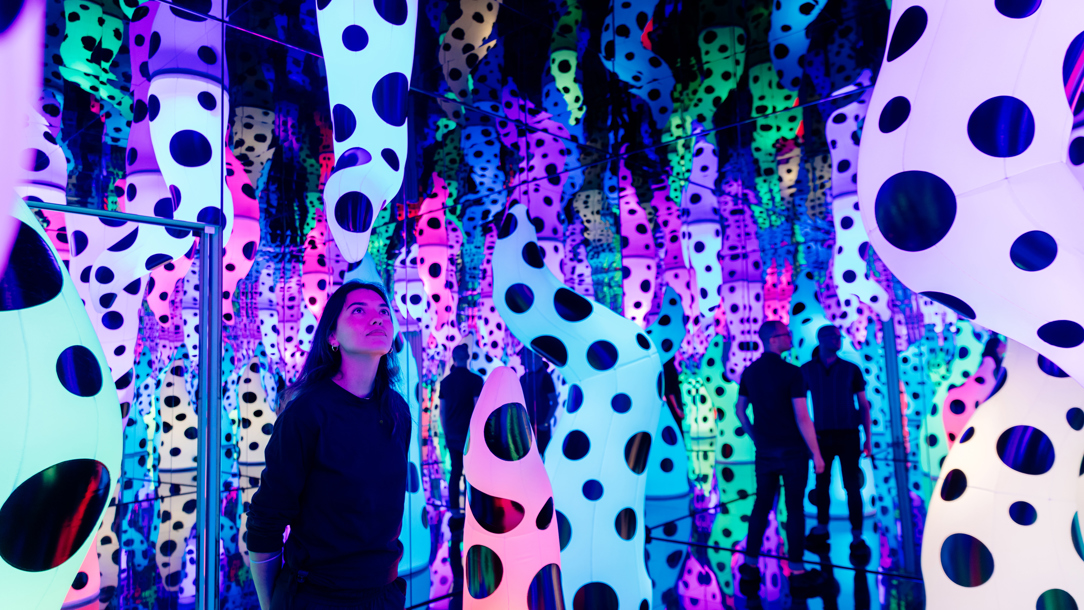
Feel the force of Yayoi Jusama's Love is Calling at the WNDR Museum (Kyle Flubacker)
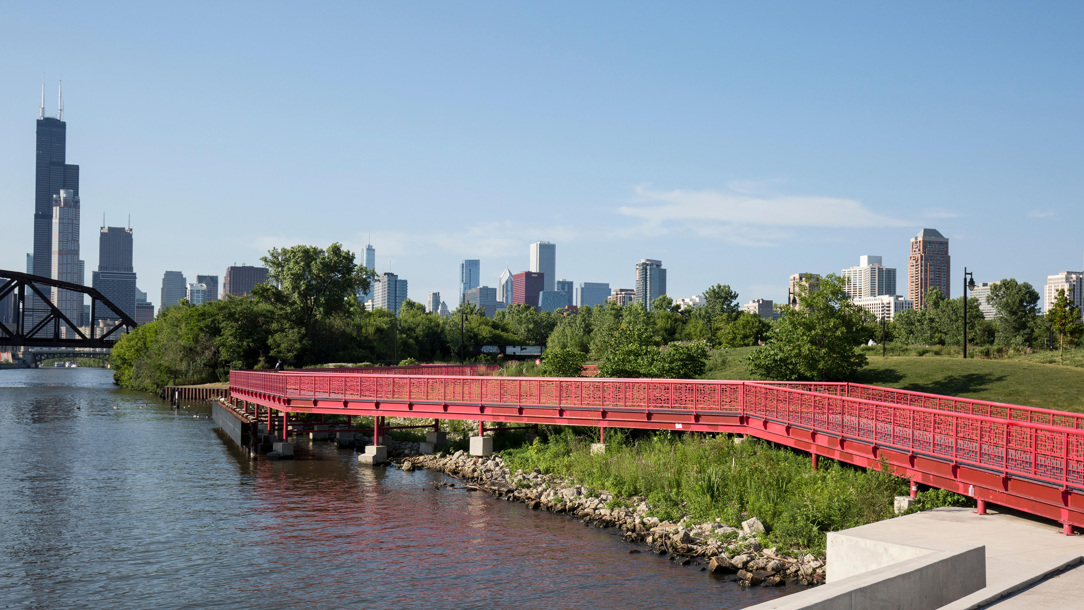
Take in the views at Tom (Ping) Memorial Park

Immerse yourself in nature at Garfield Park Conservatory
SMELL
The Chinatown Adventure Food Tour, which combines history, walking and trying – as well as smelling – an assortment of Chinese delicacies, is a must for any foodie. Vegetarian and vegan options are available, but it’s advised to make a request in advance.
HEAR
Kingston Mines, the largest and oldest continuously operating blues club in Chicago, has been entertaining music lovers since 1968.
TOUCH
The interactive, multi-sensory WNDR Museum is an “ever-evolving immersive experience” that is unlike anything else in the city.
SEE
Tom (Ping) Memorial Park, originally a railroad yard, is located along the edge of the South Branch of the Chicago River. Its well-tended flowerbeds alone are worth the visit.
THE SIXTH SENSE
Garfield Park Conservatory is one of the largest, and undoubtedly one of the most impressive, botanical conservatories in the United States, showcasing thousands of plant species from around the world.

Cocktails at The Violet Hour
The one thing
Were you to go out every night for a year in Chicago, you’d barely scratch the surface of what the city has to offer. However, if you only have the opportunity to visit one restaurant, it has to be the Dining Room at Kendall College. It’s a unique classroom-cum-restaurant where the college’s culinary students gain real-world experience, cooking up some of the city’s best and most exciting dishes. In terms of venues to visit, the Chicago Cultural Center has a lot to offer. From the stunning Tiffany glass dome in Preston Bradley Hall, to the interactive Learning Lab, it is a wonderful place to while away an afternoon. Finally, if you’re looking for the perfect cocktail bar, check out The Violet Hour. Its name is taken from TS Eliot’s poem The Waste Land, and everything from the bespoke cocktail list to its glorious interior would, undoubtedly, have delighted the esteemed poet.

Where to stay
Chicago Athletic Association
If there was an award for the best-located hotel in Chicago, this would likely take the top spot. Originally a 19th-century private members’ club with a clear focus on fitness, the Chicago Athletic Association is slap-bang in the middle of the city in The Loop, just across Michigan Avenue from Millennium Park, and looks down on Anish Kapoor’s Cloud Gate sculpture (or ‘The Bean’, as it’s known informally). Rooms are spacious, with a fusion of old-school gym equipment (think pommel horse-shaped benches) and nods to Gothic architecture throughout. Head down to the second floor, where you’ll find the Game Room – a lively sports bar with a host of bar games, such as shuffleboard, billiards and Pop-A-Shot. Upstairs, you’ll find Cindy’s, the hotel’s chic rooftop restaurant serving up top-notch drinks and food with wraparound city and Lake Michigan views.
Get more bang for your buck at The Moxy Chicago Downtown
The Moxy Chicago Downtown is the ideal cost-effective garrison for urban ramblers. A ten-minute stroll from the Chicago River, and a 15-minute wander from the Magnificent Mile, it is also a solitary block from what many Chicagoans claim to be the world’s largest McDonald’s. On-site, Zombie Taco is the perfect place to grab a quick (or substantial) bite between adventures, while the hotel’s eternally ebullient lobby, featuring a well-stocked bar and DJ booth, means you have the option of enjoying a night on the tiles without having to leave the building.
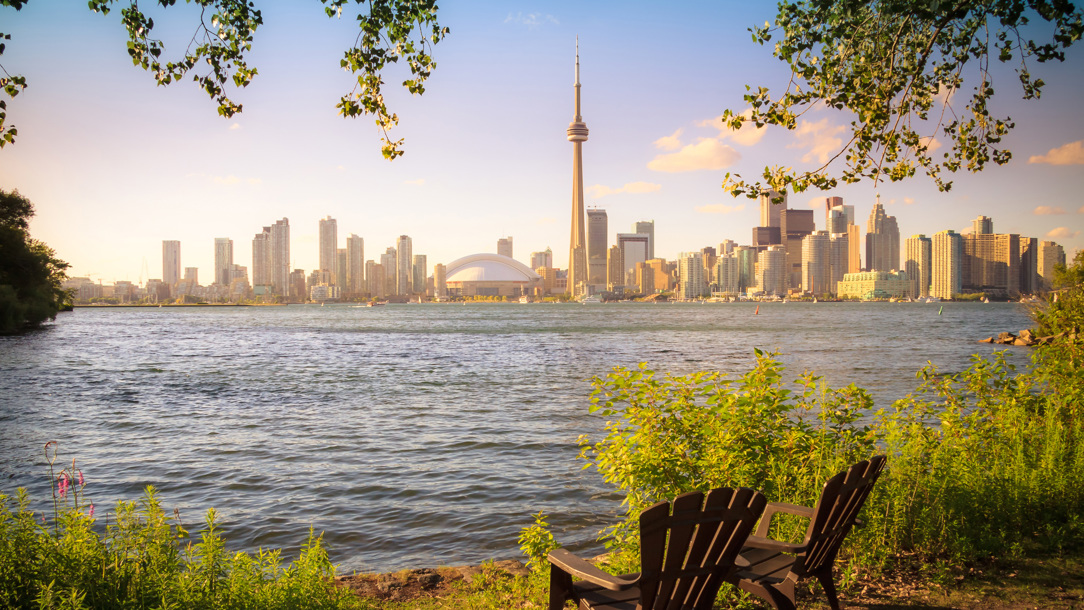
Toronto beckons…
Where next?
If you love Chicago, you are going to be similarly wowed by Toronto. Canada’s largest city is known for its eclectic arts and music scene (Drake, The Weeknd, Charles Pachter, Lawren Harris and Neil Young are a few famous Torontonians), for being a cultural melting pot – it is home to more than 200 ethnic groups, with residents speaking more than 180 languages – and known for being a global leader on environmental action and transparency. As with Chicago, Toronto has wonderful parks – including High Park, which houses a zoo — and plentiful waterfront walkways, coffee shops and restaurants. It is also one of just a handful of North American cities able to rival Chicago in terms of its sporting fanaticism.


